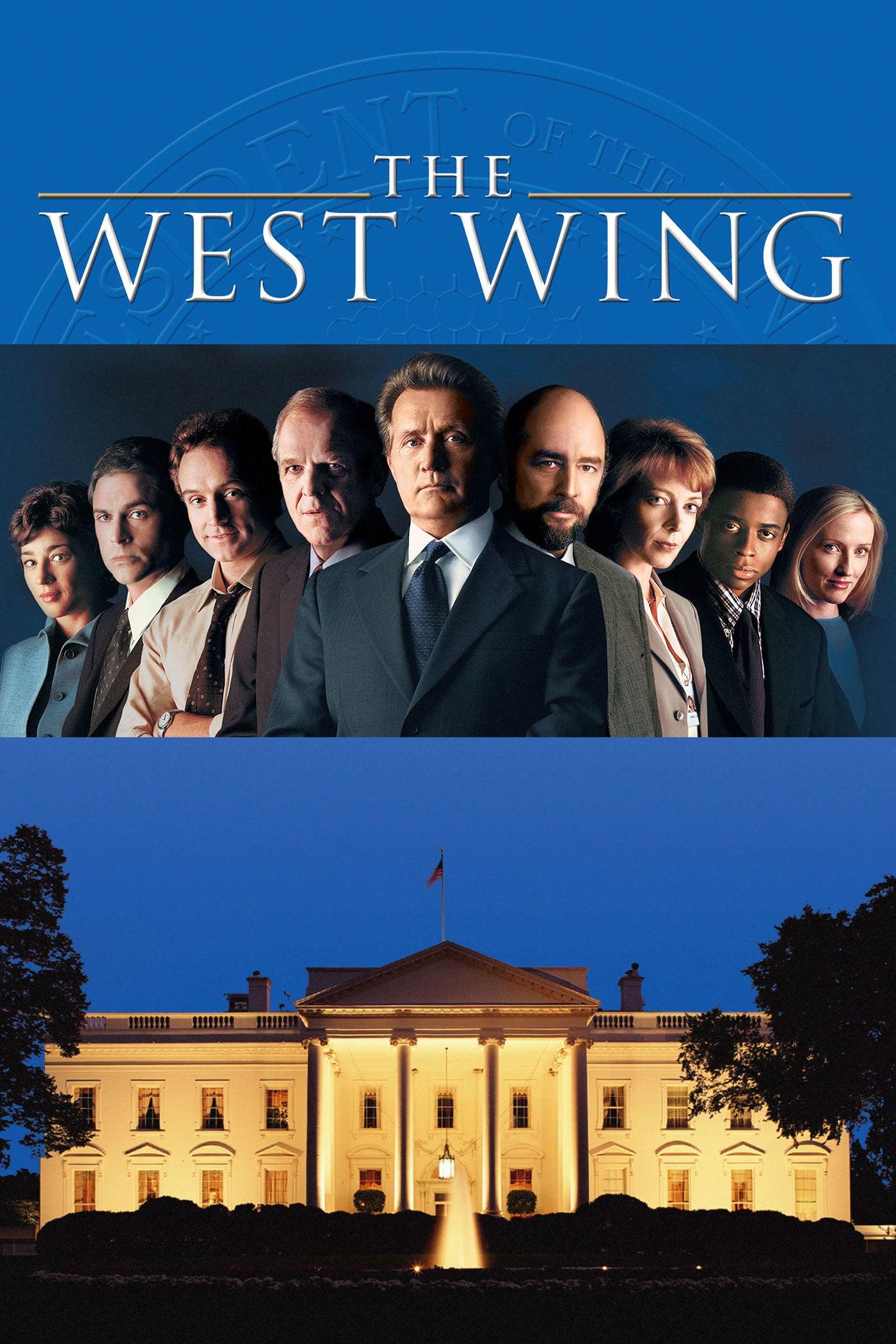We are very fortunate to live during the ‘golden age’ of television.
Think about it: countless television shows, spanning all different decades and genres, all at our fingertips, with the help of a couple convenient streaming services. We could have lived through the Bubonic Plague or the Potato Famine, but nope, we get TV instead.
Within the past year, I’ve watched a few different television shows that have all been considered revolutionary for their time: “The Sopranos,” “Seinfeld” and “Masterchef Junior” (might be pushing it on the last one). However, this past March, through the recommendation of a friend I began watching another show that not just joins the ranks of these other fine examples of entertainment, but establishes a new gold standard all together.
“The West Wing” premiered on NBC in 1999, and immediately became a smash hit on the network, netting nine Primetime Emmy’s in just its first season alone. Over the course of its seven seasons on the air, it would go on to win 17 more by the time it concluded its historic run in 2006, while also being nominated for a whopping 78 more.
After watching for a long and arduous 10 months, I feel I need to reflect back on my viewing experience, and share my thoughts on what I loved about the show and what missed the mark.
To start, a little primer.
The show focuses on the personal and professional lives of White House staffers and the people who are tasked with running our country. The main protagonist is Democratic U.S. President Josiah ‘Jed’ Bartlet. Each episode he is faced with a new scenario to have to work through, along with the help of his Chief of Staff Leo McGarry. Additional characters to round out the cast include Deputy Chief of Staff Josh Lyman, White House Communications Director Toby Ziegler and Press Secretary C.J Cregg.
The personalities have to be mentioned to start this off. It genuinely seems like each person could actually be real, and the way that show creator and writer Aaron Sorkin crafts each of them makes the audience root for them in one episode but boo them in another.
The variety of emotions in each episode must also be mentioned as well. Never before have I watched a TV show before “West Wing” where I have laughed, cried and pondered meaningfully all within 45 minutes. The Thanksgiving and Christmas-themed episodes were great examples of this. While the holiday background may indicate that these are feel-good episodes, you may still need to have a box of tissues ready, because these did not mess around.
One Christmas episode sees Toby organize a military burial for a homeless Korean War veteran who died during a cold D.C. night, and the resulting events that played out had me texting every relative I had in my contacts. A Thanksgiving episode has Charlie, an executive assistant to the President and played by Dulé Hill, running all over the capital in search of the perfect carving knife for Bartlet’s Thanksgiving. When he returns empty handed and expecting scorn from the President, he instead presents him with a special gift: a carving knife of his own, revealed to have been given to his ancestors by “a local Bostonian blacksmith named Paul Revere.” If there isn’t a more beautiful way to tell your executive assistant that you see them as the son you never had, then gosh darn it I’m still thinking of one because this might just top the list.
Now, on to the things that barely missed the mark for me.
If the topic of a “walk and talk” through the halls of the White House isn’t focused on foreign policy, legislative woes or a combination of the two, it seemed to be talking about relationships – the good the bad AND the ugly.
Now, one thing worth mentioning is that the writing definitely changed midway through the show, when Sorkin left at the conclusion of Season 4, where he would later go on to write the Jeff Daniels-led drama, “The Newsroom,” on HBO. After this season, a new writing team came in, and with it the vibes of the episodes began to change, and I began asking a question more frequently as I dove into each new episode: “wait, are they dating?”
During Sorkin’s time on the show, relationships were few and far between, with the only notable ones at the forefront of the plot being Josh’s ex-girlfriend Mandy who begins working for the White House. Her character was cut after the first season due to the character “not working out” according to Sorkin. Viewers can witness White House press correspondent for the Washington Post Danny Concannon and his relentless pursuits of CJ, which took a long portion of the show to come to fruition. However, once the new writing staff had started, it seemed relationships began popping up left and right, and there were quite a few that just didn’t sit right with me. Half of these involved characters that were also created during the post-Sorkin era, and overall just didn’t really help advance the plot forward in the episodes they were featured in.
“The West Wing,” like all things, has its flaws, and that is perfectly okay. But even its lows in my opinion aren’t really all that bad. It’s the highs of the show that have kept viewers coming back, where it is accessible to a whole new generation of fans thanks to its new streaming home on Max, along with such other timeless classics as “Stanley Tucci: Searching for Italy.”
Either way, “The West Wing” occupies a pretty high spot on my list of favorite TV shows of all time, and I wholeheartedly enjoyed my time watching it. And now, as I look for the next show to watch, a popular saying of President Bartlet comes to mind: “What’s next?”




